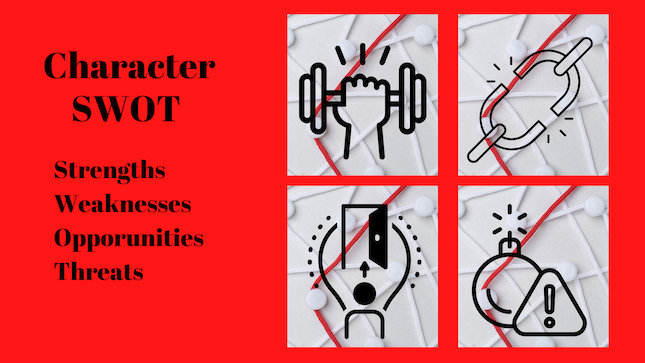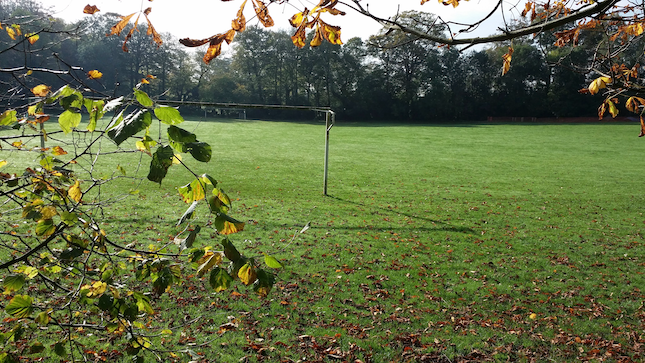A 4-Part Character Creation Tool for Your Mystery Detective

How To Make Your Mystery Detective Unique
The mystery genre is crowded. Making your detective unique, and differentiating them from all the other mystery detectives, can feel challenging. The alcoholic oop, the cozy cupcake queen, and the spunky female PI are just several examples.
The first step to individualizing your sleuth is creating a character background.
- Physical details
- Backstory
- Character traits
- Interpersonal connections
- Habits and mannerisms
- Skills and experience
You may not use all the information you record but the more you know, the easier you’ll find writing about your character in a variety of situations.
But even with all that background information, you may not have the character elements that make your detective stand out from all the others.
Use SWOT Analysis to Refine Your Character
SWOT stands for Strengths, Weaknesses, Opportunities, and Threats. Usually employed in business analytics, you can use it to analyze your character.
If you find missing sections in your SWOT analysis, you have more background work to do.
Strengths
Your detective’s strengths are what makes them not only a good detective but a relatable character. These can be personality strengths as well as detecting skills.
Examples:
- Smart
- Ambitious
- Fearless
- Single-minded
Weaknesses
Weaknesses also tie your reader to your character. Readers understand that everyone has flaws. Your detective’s weaknesses make them a well-rounded character with relatable flaws. Those flaws also cause trouble in the detective’s quest to solve the crime.
Examples:
- Short temper
- Inept social skills – unable to work with others
- Blinded by a sense of self-importance
- Overlooks details
Opportunities
Opportunities are favorable external factors that could give your charater an advantage in life in the future.This could be a possible promotion or winning a state bake-off.
Examples:
- A new detective’s first big murder case
- A private investigator’s chance to clear their name
- An amateur detective’s chance to clear their brother’s name
Threats
Factors that have the potential to harm your detective, the investigation, or their career.
Examples:
- A micro-managing superior who impedes the investigation
- An accusation of excessive force and a Police Procedures (internal affairs) inquiry
- An inter-racial love interest in a bigoted community
- A female sleuth working in a misogynist environment
Make A Complex Story Manageable
A SWOT analysis makes complex stories more manageable. There may be an overwhelming amount of elements to analyze and relevant points to consider when writing a complex story.
A SWOT analysis pares down all your ideas. Rank your SWOT elements with bullets by importance. You will aggregate a large, potentially overwhelming story into a more digestible main story elements.
A New Way to Look at Your Protagonist
A SWOT analysis helps you define the key drivers of your story. Plot points will help you outline your story and character background helps you define their personality. A SWOT analysis of your character gives you story-worthy elements to create the story itself, integrating the SWOT elements.
For example, you may have outlined how your detective will discover evidence and clues, and which suspects they will identify. But you’ll add the personal connection that keeps readers caring about your character when you add the threats.
The personal strengths, weaknesses, opportunities, and threats create a character unique to your story. Using this information, you can make smarter decisions to preserve what it goes well, capitalize on your character’s strengths, create risk with obstacles and wrong choices regarding weaknesses, and plan for events that may adversely affect your protagonist as the story unfolds.
I borrowed this idea from Naseem Khan’s Writing Crime Fiction course. I found it tremendously helpful in determining the threats that cause problems for the protagonist in my current work in progress.
I hope you find this idea helpful.






